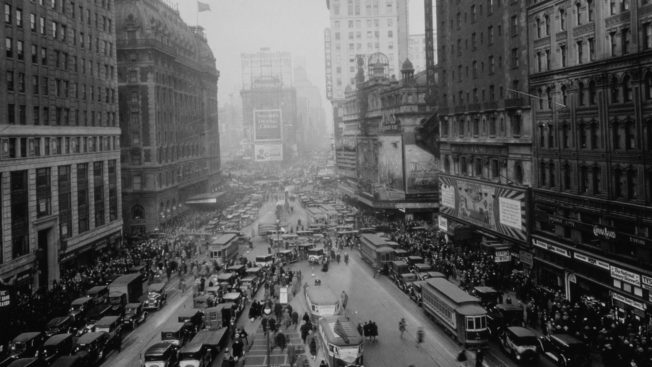Inspiration meets innovation at Brandweek, the ultimate marketing experience. Join industry luminaries, rising talent and strategic experts in Phoenix, Arizona this September 23–26 to assess challenges, develop solutions and create new pathways for growth. Register early to save.
As Covid-19 vaccines roll out and restrictions are lifted, there’s a growing sense of optimism among consumers indicating a post-pandemic surge in spending.
Historically, an economic boom begins when a pandemic ends—and strong indicators show that this time around seems to be no different. Recently, Goldman Sachs upped their 2021 GDP growth estimate to a whopping 6.8% and the unemployment rate is expected to drop to 4.1% by December.
What do brands need to do to prepare? Here are five steps marketers should take to prepare for this boom.
Be ready to join the party
As we reemerge from Covid-19 seclusion and social gathering spaces become increasingly repopulated, a resurgence in brand experiences and out-of-home (OOH) advertising is likely to follow. Events, malls and movie theaters are a few places that come to mind for brands to play in. Brands can celebrate the return to these spaces with timely messaging or by bringing added value with digital utilities or experiences to help people get even more out of their return. As we travel and return to urban centers again, brands can invest in experiential activations that include additional layers of digital utility, entertainment or an IRL experience that ensures consumers share their memories. Brands that create magical experiences to build connections will reap the rewards.
Tap into the pent-up demand for travel
People have been longing for travel and just under half of Americans are planning a vacation this summer. Brands can find immense cultural relevancy by tapping into travel, especially outdoor experiences that are hugely in demand. Mountain Dew is a great example of a brand finding an adjacent role and avid community among new anglers and boaters who discovered these passions amid the pandemic. And even if there isn’t a direct connection to travel, brands can still appeal to the higher-order longing for freedom, fun and exploration. Like North Face’s fall campaign that encouraged consumers to reset their lives through exploration and the company is dedicating $7 million to initiatives that make the outdoors more inclusive.
Promote brand benefits for self-expression
As the restrictions enforcing isolation and small bubbles lift, we’ll remember self-expression through discovery and appearance. The things that make us feel good will be in high demand. Many new trends will emerge to reflect the identities that underwent a metamorphosis during lockdown. The fashion, footwear and cosmetics sectors are ready for a rebound as consumers spend money on personal style again. Adidas, for example, is bullish on growth over the next five years. Brands have an opportunity to connect with new consumers willing to experiment and to dial up targeted marketing to capture those dreaming of a new and improved versions of themselves.
Keep streaming
Hybrid off- and online-living and the consumption of digital video and content will continue after the pandemic. According to a Harris Poll, digital has gone from the next generation to the only generation: Americans of many kinds are shopping, working and entertaining online. During Covid-19, appointment viewing continued to decline and smart marketers should rethink the user experience rather than dump all investment in these areas. Investing in digital video remains a smart way to go since viewership of connected TV is increasing. Streaming audio is growing too, with nearly 75% of all U.S. adults expected to be streaming audio in some way (podcasts, live terrestrial radio online, etc.) by 2025. Even when we’re on the go, traveling or otherwise away from home, those subscriptions and digital videos come with us wherever we go.
Increasing expectations on social issues
As the pandemic winds down, we’ll have the time, space and capacity to consider other important matters or social issues that may have taken a backseat, like the environment and sustainability. Brands should be prepared for increasing expectations (and scrutiny) from consumers on these issues. 2020 has confirmed that they could face backlash if they don’t but be rewarded if they do. Brands that take the time to develop a brand citizenship framework to address the issues that are important to their consumers will nurture credible advocacy and neutralize reputational threats that might arise.
Addressing these five areas of opportunity can set up brands to thrive during the Roaring 2020s. This time of great change should inspire a great reset for brands. Consumers have fundamentally changed, and they are not going back to pre-pandemic brand expectations. This is the time for brands to experiment and explore new ways to connect and engage with consumers as they re-emerge ready for new experiences.








